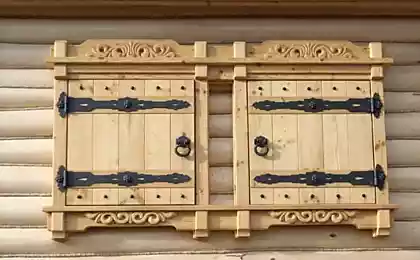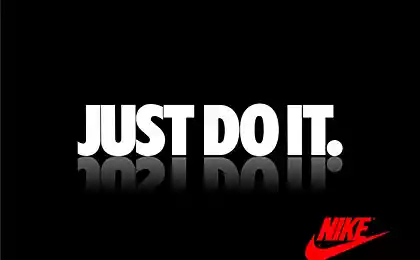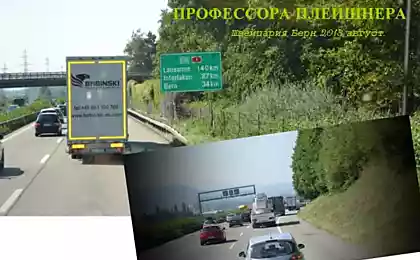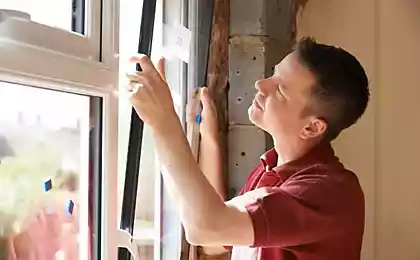1025
g.Semёnov. Trim on the windows (82 photos)
My little homeland called Semyonov. It is located 70 km north of Nizhny Novgorod. This is the place where the residents still ringing, but do not call, and the last day is referred to as "this morning».
Some facts and figures are taken here
At first it was a village inhabited by dissidents who had fled from persecution. With the development of craft and grown to the city, when in 1779 Catherine II issued a decree that "now the village Semenov - county town of Semenov of Nizhny Novgorod governorship».
And our town became the center of the Old Believers and Crafts.
Immediately after talents in 1905 freedom of religion, the Old Believers Semenov led merchant A.P.Nosova, when financovoy support began for the construction of his temple.
1)

2)
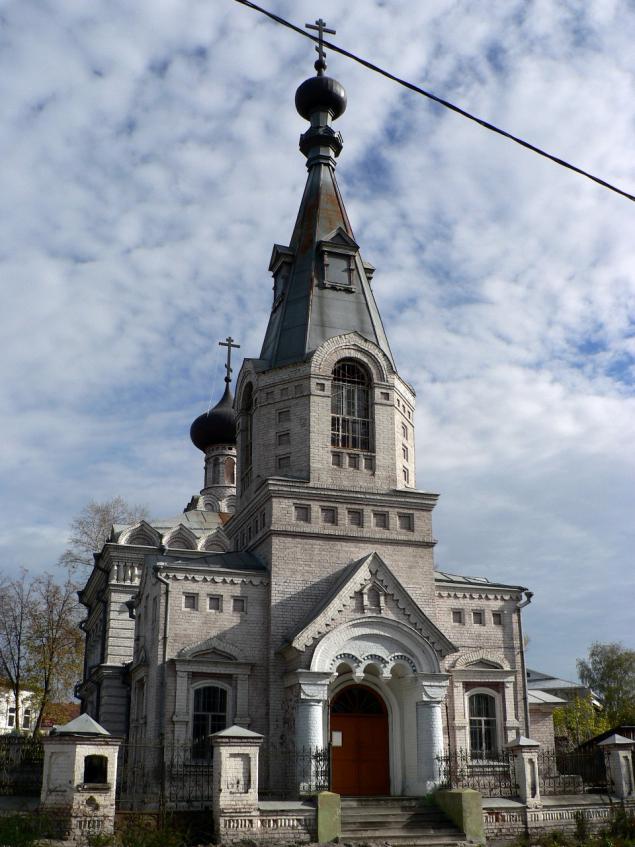
Semenov name of one of the versions derived from the name Lozhkarev Seeds. Lozhkarnoe craft was and is "now" one of the most popular here. In the early 20th century, the city had a few spoonfuls of cooperatives for the production of various caliber, their history can be found in the local museum. About a hundred years ago, in the center of the city of Semenov, a small street Slasteninskoy, adjacent to the Cathedral Square, a tradesman and merchant goods schepnoy Peter Sharygin built for his family a beautiful two-story mansion of red brick. Walls are admired for its unusual masonry: from top to bottom are lined with intricate geometric patterns. Old-timers told us that to give the faces of the bricks of various shapes, including a semi-circular, a special team of stonemasons worked. Sharygin family lived in this house for long: the revolution broke out in 1917 and the house became the property of the Soviet state. For 70 years in a former merchant's house occupied by different institutions: the People's House, an orphanage, a military unit, an outpatient clinic, the district committee of the Komsomol, and others. In 1980, this old house with the adjacent territory handed Semenovsk State History and Art Museum. The card of the museum is part of the interior life of the merchant of the second half of the XIX century, which is located on the first floor of the museum. The exposition consists mainly of original objects belonging to the last century. Of greatest interest is the furniture of precious wood works of French and Russian masters with inlay, bronze plates, threaded. Exhibited various products, embroidered with beads, and they are made by the nuns of the monastery Medvedevsky, Old Believer monasteries Semenovski County.
3)
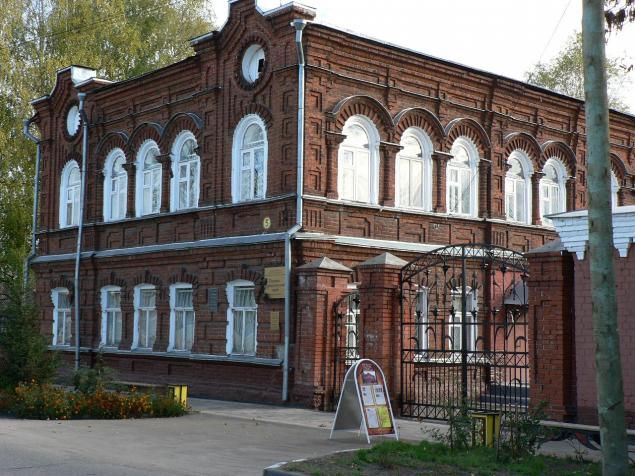
Here, from 1922- 1923 the family were living poet BP Kornilov.
4)

And this building used to be a kindergarten, which I visited many years ago. I remember back in the preparatory group of kindergarten I was elected to the city beauty contest "Miss doshkolnitsa" and I happily took 2nd place
Later, the kindergarten moved to a new building and opened an orphanage here, which was disbanded a few years ago. Now they based some unknown entity to me
5)

Semenov has gained wide popularity in the world due to the fact that one of the major centers of artistic processing of wood, which allowed him to get in some of the most important places associated with handicrafts.
Most famous for its Semyonov Khokhloma. It became home to the festival "Golden Khokhloma - Russian soul." In 2004, the city Semenov high rank - "Capital of folk arts and crafts of the Russian Federation." Khokhloma painting was born in the village of Khokhloma Semenovski area since 1918. In 1925, established gang "handicraftsmen artist", since 1931 - Artel "Export", then "Khokhloma Painting" (1960 - the factory, and since 1970 - Art Association).
But I want to talk at all about painting on wood, but the thread. Or rather on the carved casings on the windows.
Wood carving is also quite common in our ever since the founding of the city. In the center of town preserved buildings of the second half of the 19th century. - Early 20th centuries .: wooden 2-storey house.
6)

7)

8)

9)
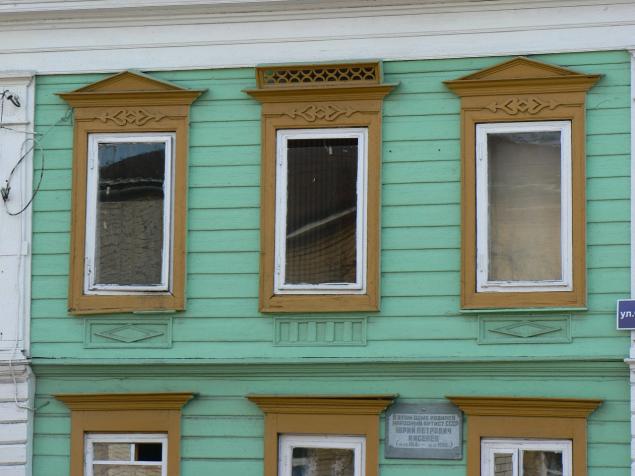
10)
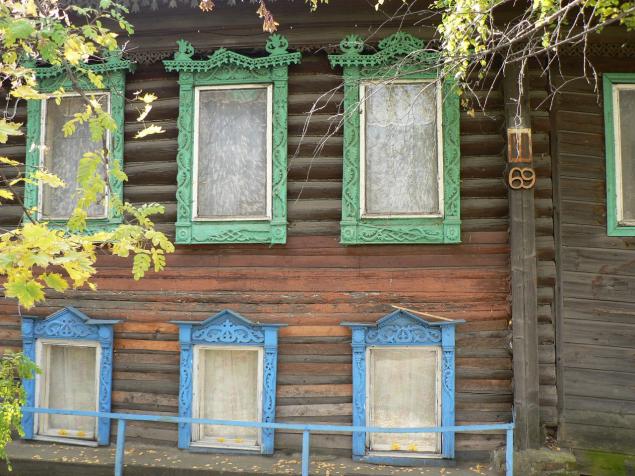
It should still be mentioned that the design of the windows originally carried a mystical meaning, rather than decorative. Since the days of pagan Russia is not considered a very good perforate the walls of the house windows. It seems to be like an extra loophole for evil spirits. When and where did the windows, so the houses of public importance, such as taverns, Korchemnaya etc. and etc. Windows were framed carved aprons for protection, they were amulets. Modern casings are purely decorative load, whereas in ancient each element of the pattern, diamond, and each carried a curl information.
So we got to the actual casings. Let's start with the very old (although some pretty good look).
Such window is almost gone. Most simply gone into the ground on the roof. And of course they no lives, except that the homeless in winter.
11)

12)
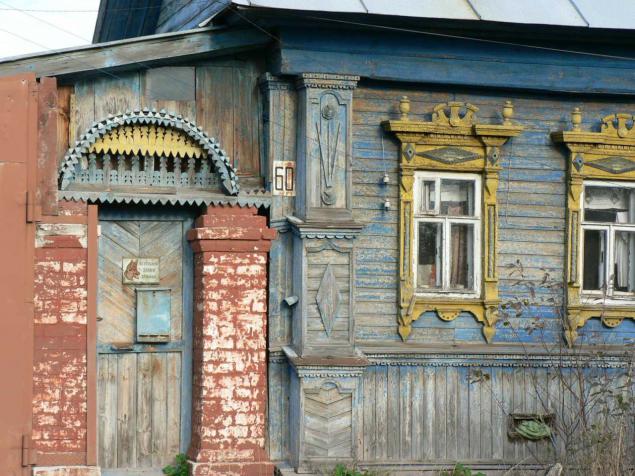
13)

and these, in my opinion, did not even painted
14)

15)

he, a general view. I'd like to live in the attic!
16)
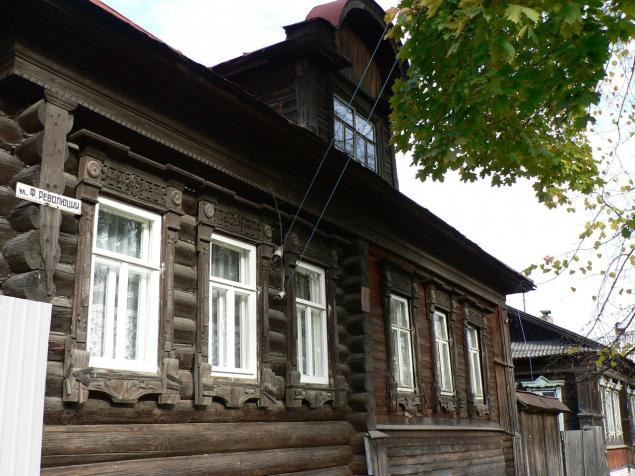
17)

He, close-up
18)

19)

20)

21)
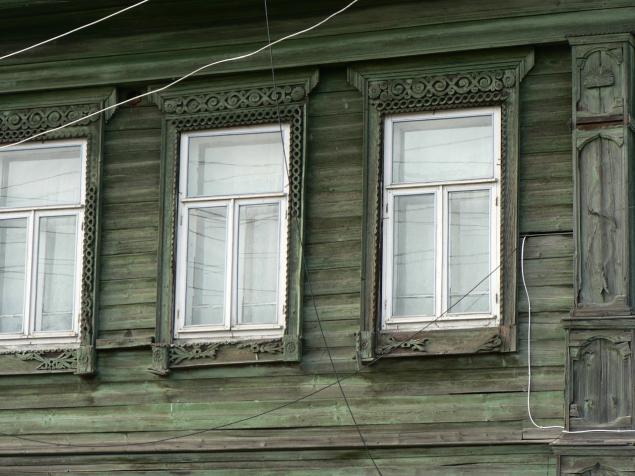
22)

23)
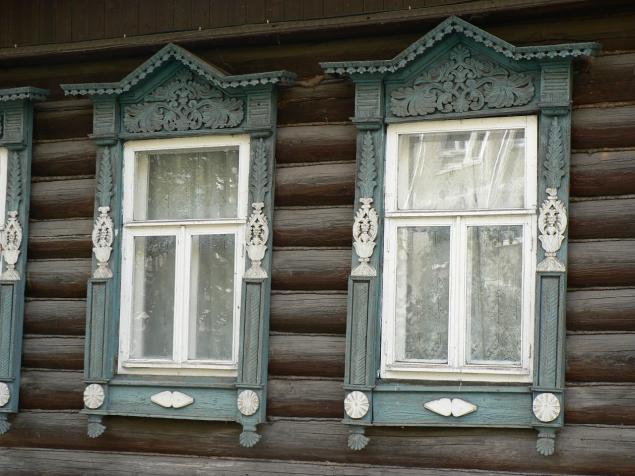
24)

25)

26)

27)

28)
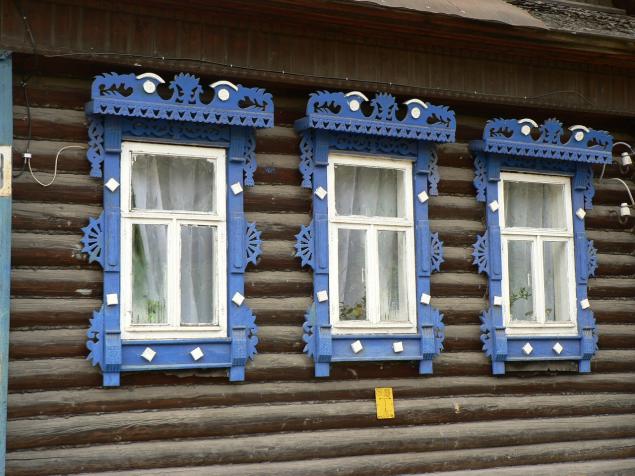
29)
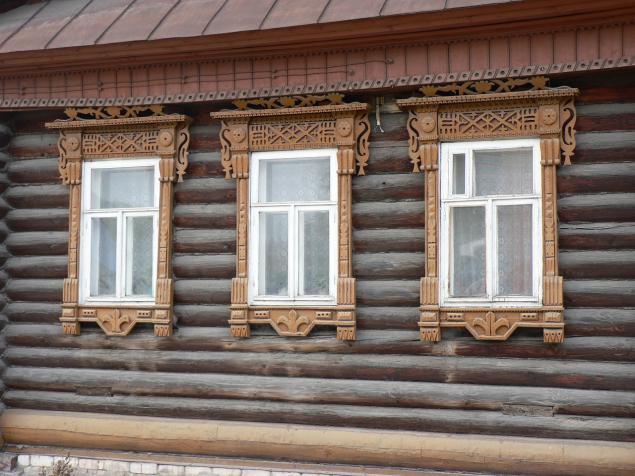
30)
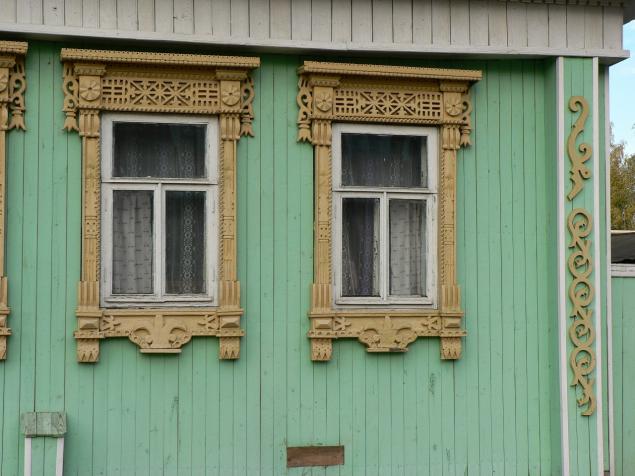
31)

32)
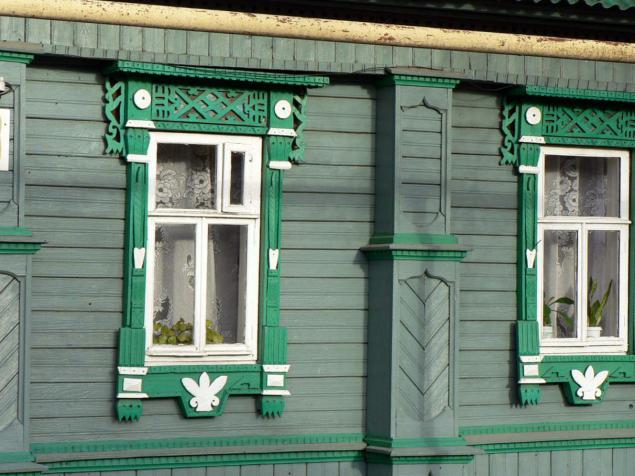
33)

34)

35)

36)

37)

38)

39)

40)
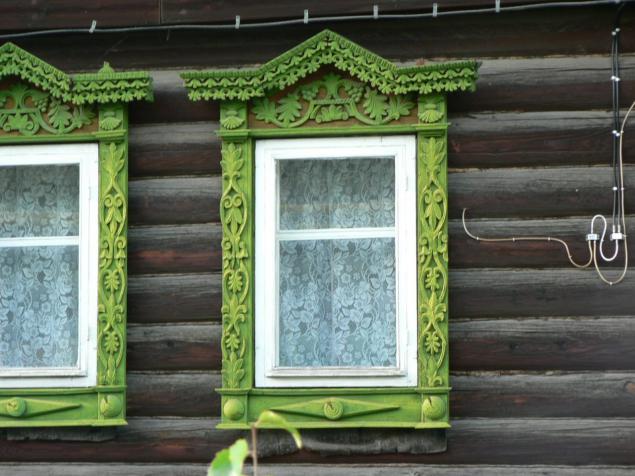
41)
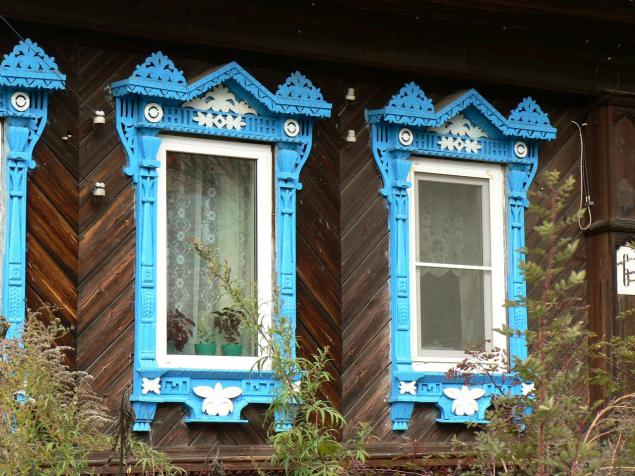
42)
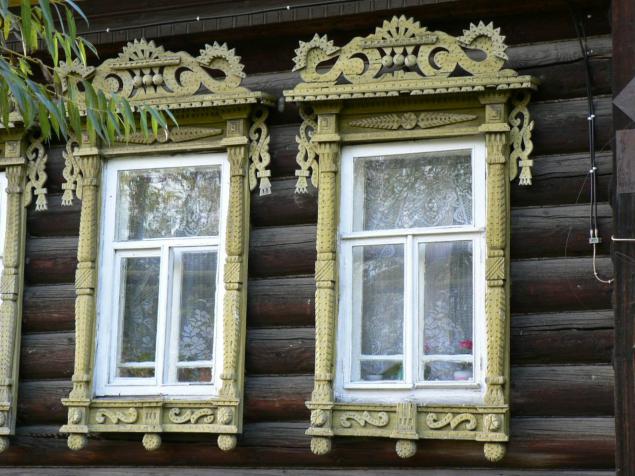
43)

44)

45)

46)
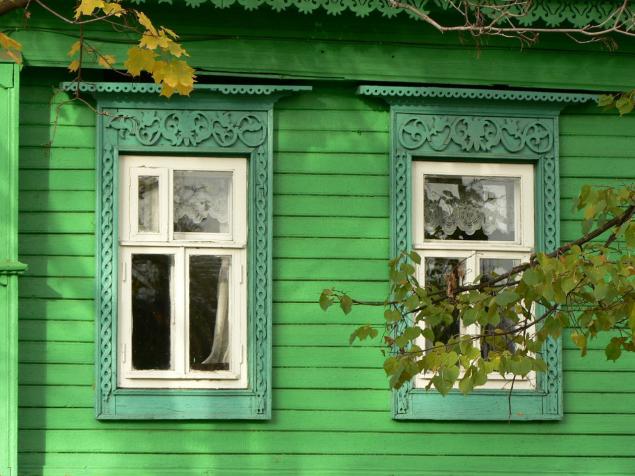
47)

48)
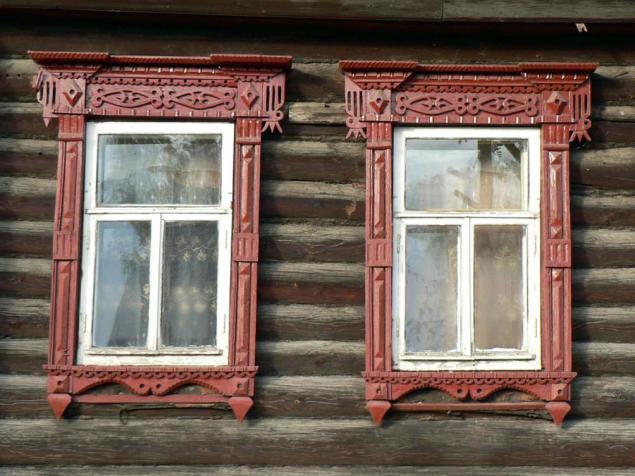
49)

50)
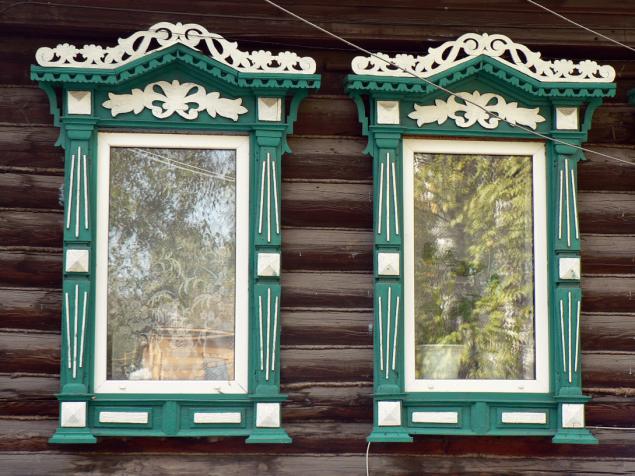
51)
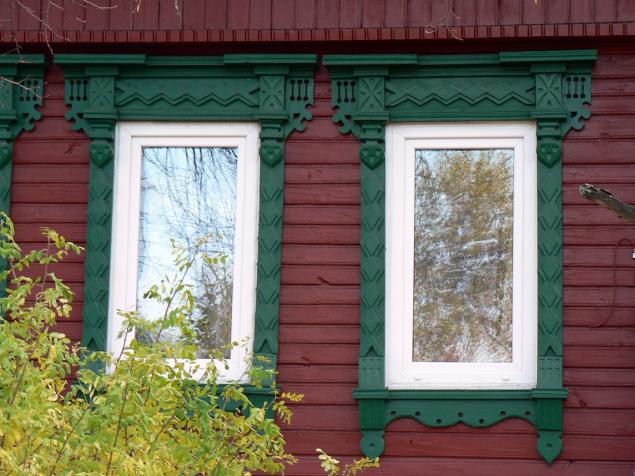
52)

53)

54)

55)

56)

57)
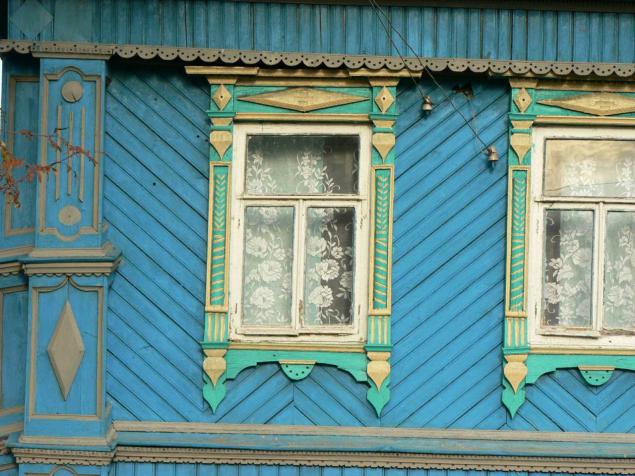
58)

59)

60)

61)

62)

and such frames of the second half of the 20th century is very widespread. On three streets they met me ten times:
63)
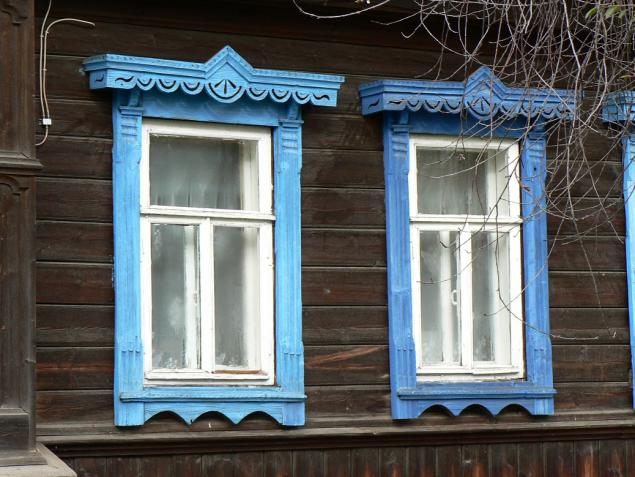
wicket
64)

65)

The ends of the logs log often covered these "pillars." Also laths placed between the windows, as we will see in the next photo.
66)
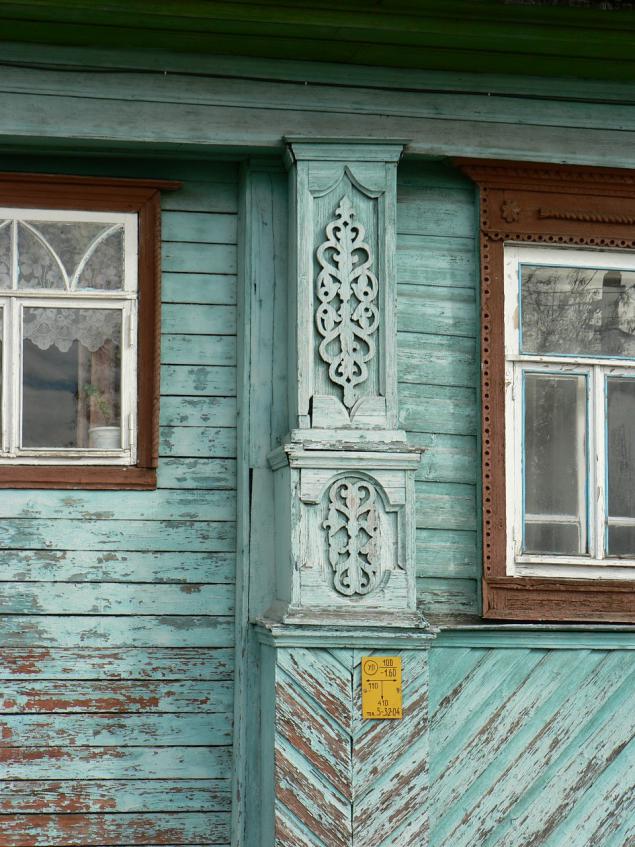
the truth here on decorative plates was easy trail and bright memory, you can imagine how great it was a hundred years ago!
67)

nearly knocked ... uh ... we have gone further. Now one of the most beautiful:
68)

69)
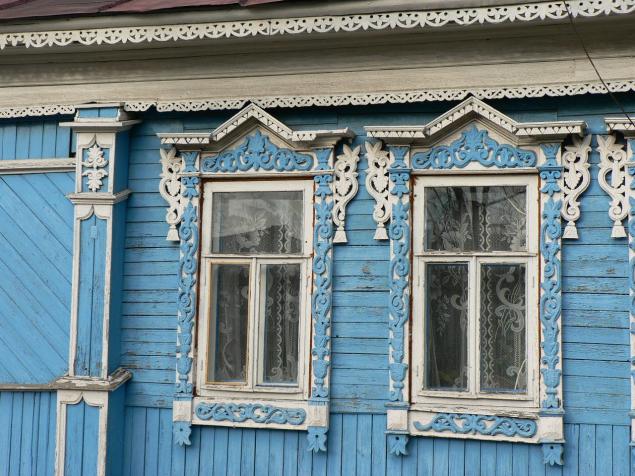
70)
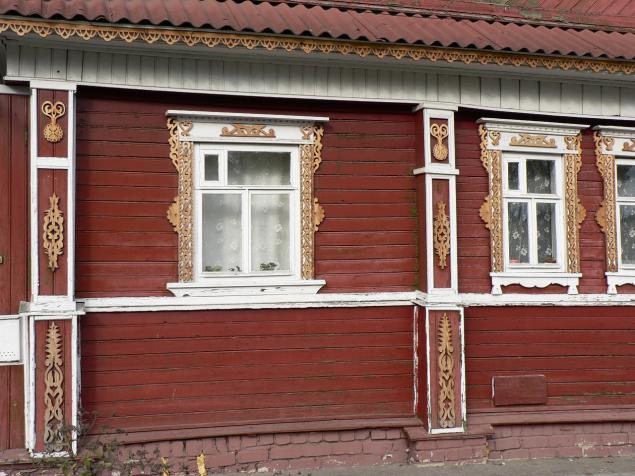
71)

72)

73)

74)

75)
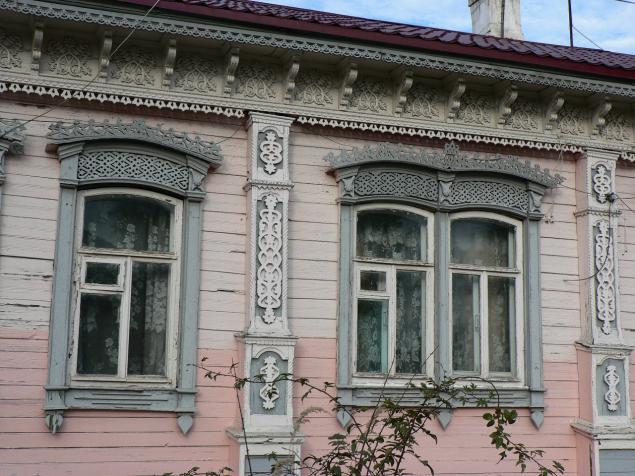
Now there are modern picture frames. Modern, mean they are not more than 10 years.
76)

77)

78)

79)

80)

81)

and the last photo: a very well-made antique or vintage, but very well restored
ps: I know that it would be possible to put smaller photos, but they are all so beautiful! I could not choose)
82)

Source:
Some facts and figures are taken here
At first it was a village inhabited by dissidents who had fled from persecution. With the development of craft and grown to the city, when in 1779 Catherine II issued a decree that "now the village Semenov - county town of Semenov of Nizhny Novgorod governorship».
And our town became the center of the Old Believers and Crafts.
Immediately after talents in 1905 freedom of religion, the Old Believers Semenov led merchant A.P.Nosova, when financovoy support began for the construction of his temple.
1)

2)

Semenov name of one of the versions derived from the name Lozhkarev Seeds. Lozhkarnoe craft was and is "now" one of the most popular here. In the early 20th century, the city had a few spoonfuls of cooperatives for the production of various caliber, their history can be found in the local museum. About a hundred years ago, in the center of the city of Semenov, a small street Slasteninskoy, adjacent to the Cathedral Square, a tradesman and merchant goods schepnoy Peter Sharygin built for his family a beautiful two-story mansion of red brick. Walls are admired for its unusual masonry: from top to bottom are lined with intricate geometric patterns. Old-timers told us that to give the faces of the bricks of various shapes, including a semi-circular, a special team of stonemasons worked. Sharygin family lived in this house for long: the revolution broke out in 1917 and the house became the property of the Soviet state. For 70 years in a former merchant's house occupied by different institutions: the People's House, an orphanage, a military unit, an outpatient clinic, the district committee of the Komsomol, and others. In 1980, this old house with the adjacent territory handed Semenovsk State History and Art Museum. The card of the museum is part of the interior life of the merchant of the second half of the XIX century, which is located on the first floor of the museum. The exposition consists mainly of original objects belonging to the last century. Of greatest interest is the furniture of precious wood works of French and Russian masters with inlay, bronze plates, threaded. Exhibited various products, embroidered with beads, and they are made by the nuns of the monastery Medvedevsky, Old Believer monasteries Semenovski County.
3)

Here, from 1922- 1923 the family were living poet BP Kornilov.
4)

And this building used to be a kindergarten, which I visited many years ago. I remember back in the preparatory group of kindergarten I was elected to the city beauty contest "Miss doshkolnitsa" and I happily took 2nd place
Later, the kindergarten moved to a new building and opened an orphanage here, which was disbanded a few years ago. Now they based some unknown entity to me
5)

Semenov has gained wide popularity in the world due to the fact that one of the major centers of artistic processing of wood, which allowed him to get in some of the most important places associated with handicrafts.
Most famous for its Semyonov Khokhloma. It became home to the festival "Golden Khokhloma - Russian soul." In 2004, the city Semenov high rank - "Capital of folk arts and crafts of the Russian Federation." Khokhloma painting was born in the village of Khokhloma Semenovski area since 1918. In 1925, established gang "handicraftsmen artist", since 1931 - Artel "Export", then "Khokhloma Painting" (1960 - the factory, and since 1970 - Art Association).
But I want to talk at all about painting on wood, but the thread. Or rather on the carved casings on the windows.
Wood carving is also quite common in our ever since the founding of the city. In the center of town preserved buildings of the second half of the 19th century. - Early 20th centuries .: wooden 2-storey house.
6)

7)

8)

9)

10)

It should still be mentioned that the design of the windows originally carried a mystical meaning, rather than decorative. Since the days of pagan Russia is not considered a very good perforate the walls of the house windows. It seems to be like an extra loophole for evil spirits. When and where did the windows, so the houses of public importance, such as taverns, Korchemnaya etc. and etc. Windows were framed carved aprons for protection, they were amulets. Modern casings are purely decorative load, whereas in ancient each element of the pattern, diamond, and each carried a curl information.
So we got to the actual casings. Let's start with the very old (although some pretty good look).
Such window is almost gone. Most simply gone into the ground on the roof. And of course they no lives, except that the homeless in winter.
11)

12)

13)

and these, in my opinion, did not even painted
14)

15)

he, a general view. I'd like to live in the attic!
16)

17)

He, close-up
18)

19)

20)

21)

22)

23)

24)

25)

26)

27)

28)

29)

30)

31)

32)

33)

34)

35)

36)

37)

38)

39)

40)

41)

42)

43)

44)

45)

46)

47)

48)

49)

50)

51)

52)

53)

54)

55)

56)

57)

58)

59)

60)

61)

62)

and such frames of the second half of the 20th century is very widespread. On three streets they met me ten times:
63)

wicket
64)

65)

The ends of the logs log often covered these "pillars." Also laths placed between the windows, as we will see in the next photo.
66)

the truth here on decorative plates was easy trail and bright memory, you can imagine how great it was a hundred years ago!
67)

nearly knocked ... uh ... we have gone further. Now one of the most beautiful:
68)

69)

70)

71)

72)

73)

74)

75)

Now there are modern picture frames. Modern, mean they are not more than 10 years.
76)

77)

78)

79)

80)

81)

and the last photo: a very well-made antique or vintage, but very well restored
ps: I know that it would be possible to put smaller photos, but they are all so beautiful! I could not choose)
82)

Source:






